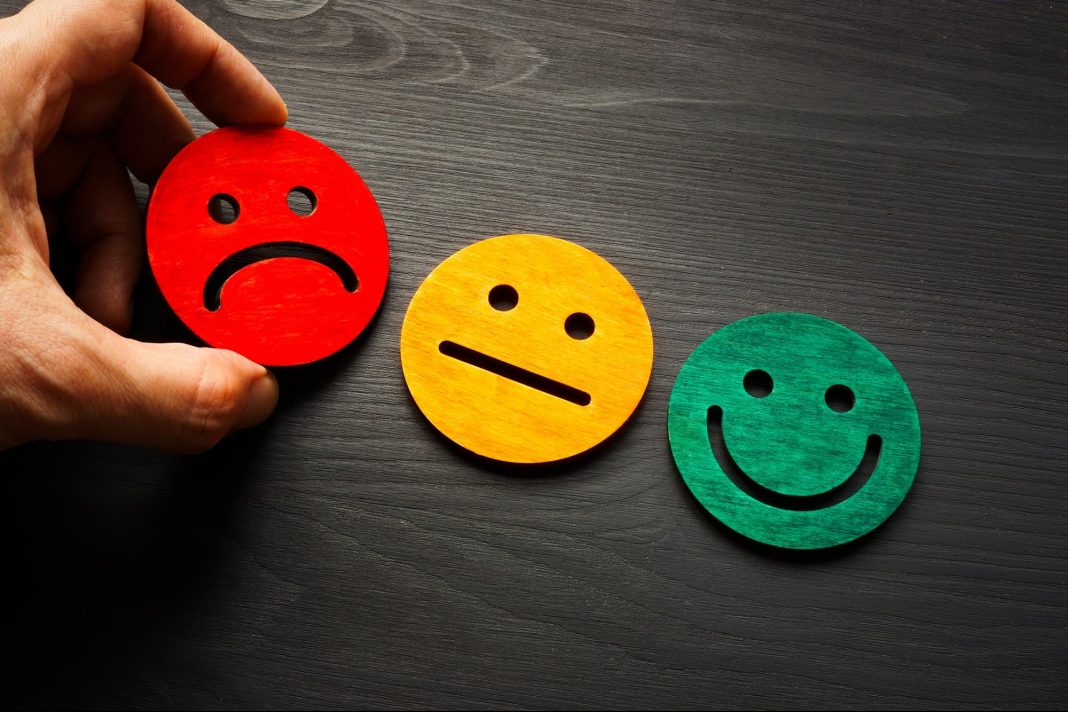Opinions expressed by Entrepreneur contributors are their own.
Maybe your customer service is tip-top in important areas like empathy, efficiency, proper use of language and so forth. Maybe you’ve engaged in effective and ongoing customer service training — whether in person or via eLearning. All of this is absolutely wonderful and very important. Still, you may have a blind spot that is driving customers away.
In other words, Beware of The Cliff of Dissatisfaction!
What customers expect in terms of speed is growing more emphatic and extreme every day, accelerating apace with technological, communication and competitive development. Broadband internet, ubiquitous smartphones and tablets, intuitive search functions, always-on GPS, innovative delivery options and greater competitive choice have all influenced customers’ expectations for timeliness. The old business expression, “Quality, price or speed: pick two,” no longer rings true.
Related: Don’t Get Defensive — Avoid These 7 Phrases When Talking With an Angry Person
The “cliff of dissatisfaction” is a metaphorical edge where customers lose patience with your company due to slow service (as defined by the customer, not by you). Before reaching the precipice, this timeframe can fluctuate depending on various factors like business type, location and time of day. It’s an inherent risk in service industries and business relationships.
Starbucks, for instance, has a good grasp of how long their average customer will wait, from when they are acknowledged to when they receive their customized drink. The company employs strategies like interesting decor to make the wait pleasant and proactive countermeasures like baristas taking orders from the line when wait times threaten to exceed the acceptable limit. Technological solutions like their highly successful mobile app also help manage wait times. These strategies guide Starbucks’ expansion plans; when data indicates that demand and resulting wait times negatively impact customer satisfaction, a new store is opened nearby.
Related: Want Your Business to Succeed? Use These Tips to Understand Your Customer
Casino management is another example where waiting times are meticulously managed. Some casinos know precisely how long the average gambler will wait for a complimentary drink before getting frustrated. They utilize data analysis and staff-tracking technology like RFID tags concealed in their servers’ uniforms to improve staffing decisions and workflow.
However, recognizing that your company has a problem can be challenging when industry standards lag behind customer expectations. For instance, in the furniture sector, a 12-week delivery time may actually be considered (at least by the merchants) to be normal. But if all businesses in your industry are too slow, it’s time for you to revolutionize your field before an innovative competitor like Uber or Amazon does.
Letting customers control the tempo of support
In addition to improving your speed of service — for example, by reducing hold times, cutting down on in-person waiting and returning emails more quickly — there are creative ways to match the customer’s timetable. Extending your hours is an obvious one. Allowing appointments and doing so in a way that requires minimal effort for the customer is another. And in telephone support, even when you aren’t actually answering calls any quicker, you can still answer them more conveniently by taking a page out of some of the airlines’ playbook and offering a callback option: When a customer calling in would be faced with a long hold time, give them the alternative of having their call returned at a time of the customer’s own choosing.
Related: Use This Secret Customer Service Technique to Boost Your Customer Retention and Loyalty
In-app support can be a step even beyond real-time
In-app support is another way to align yourself to the timetable of your customers. If a customer is using your app and comes across a bug or something else they need to bring to your attention, in-app support, such as that offered by Zendesk, provides your customers with a “Click to Chat’ button, allowing them to chat with one of your customer support agents right there within the app. Also impressive is that this in-app solution promises to give companies a complete picture of the customer so that customers don’t feel like they’re starting over every time they interact with your company.
Even more futuristically, certain flavors of in-app support can be, in a sense, a step beyond real-time. (Or if that sounds like a nonsensical statement, think of it as a step toward proactive assistance, or pre-sistance, so to speak.) For instance, when your company deploys Apptentive’s in-app solution, here’s what happens when a customer using your mobile app experiences a crash: A note pops up right within the app with an apology and reassurance that the issue is being fixed — before they even have to take any steps to complain.




